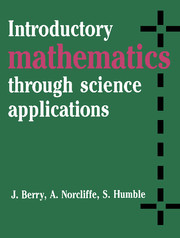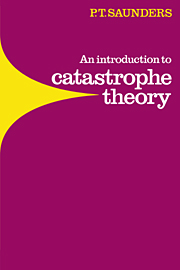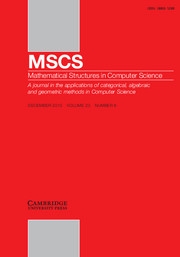Continuum Modeling in the Physical Sciences
Mathematical modeling - the ability to apply mathematical concepts and techniques to real-life systems—has expanded considerably over the last decades, making it impossible to cover all of its aspects in one course or textbook. Continuum Modeling in the Physical Sciences provides an extensive exposition of the general principles and methods of this growing field with a focus on applications in the natural sciences. The authors present a thorough treatment of mathematical modeling from the elementary level to more advanced concepts. Most of the chapters are devoted to a discussion of central issues such as dimensional analysis, conservation principles, balance laws, constitutive relations, stability, robustness, and variational methods, and are accompanied by numerous real-life examples. Readers will benefit from the exercises placed throughout the text and the Challenging Problems sections found at the ends of several chapters.
- The authors present a thorough treatment of mathematical modeling from the elementary level to more advanced concepts
- This book is intended for advanced undergraduate and graduate students in mathematics: it would also be a useful reference for physicists, chemists, biologists, and natural scientists, as well as engineers
- Readers will benefit from the exercises placed throughout the text and the Challenging Problems sections found at the ends of several chapters
Product details
July 2007Paperback
9780898716252
184 pages
255 × 180 × 15 mm
0.412kg
35 exercises
This item is not supplied by Cambridge University Press in your region. Please contact Soc for Industrial & Applied Mathematics for availability.
Table of Contents
- Preface
- 1. Dimensional analysis and acaling
- 2. Conservation principles and constitutive relations
- 3. Basic concepts
- 4. Stability and robustness
- 5. Variational modeling
- 6. Advanced models
- Bibliography
- Index.








